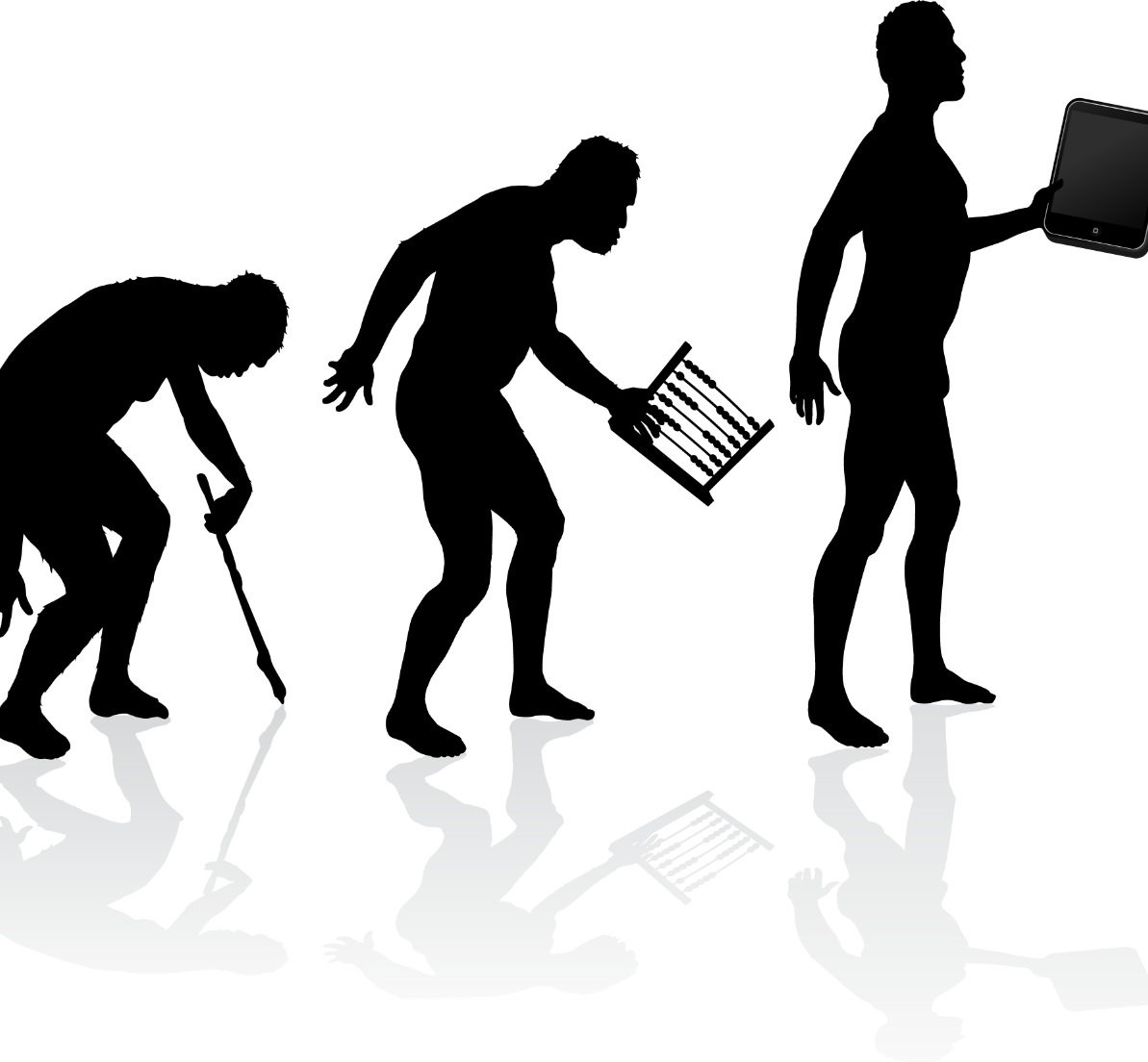Three Eras of Business Digitization

Information technology has been a source of competitive differentiation ever since companies climbed on that roller coaster. The point of emphasis, however, has evolved over the years. We have categorized this evolution into three eras – process digitization, digital customers, and digital experiences. We describe the three eras in this article.
Process Digitization – Early information systems were designed to capture data that were essential to the functioning of the business and required by regulation for reporting purposes. Database management systems were the key technology used, and analysts spent countless hours dealing with data integrity problems. This movement was followed by process automation, where many of the organizational workflows were computerized. Since many of these projects simply automated the existing way of doing things, once again, it did not provide any competitive advantage. Software vendors started on the journey of providing packaged software for things like enterprise resource planning (ERP), customer relationship management (CRM), and supply chain management (SCM). Implementation projects involved customization, were very expensive and took a long time. The core idea was to achieve operational excellence within organizations. Software systems needed to know the specific questions users were trying to answer before they were built. In addition, very little prediction decisions were made.
A good example of a company that dominated in this era was Walmart. Walmart was able to use its information systems to make accurate estimates of when they would run out of inventory, and they used that information to replenish. In the process, they never had stockouts and became the cheapest retailer pursuing cost reduction relentlessly. Fast forward to the present day: Amazon has overtaken Walmart by mastering the digital customer and by providing a superior digital experience.
Digital Customers – In this era, customer intimacy became a driving force and companies began collecting information to understand and serve their segments well. Coincidentally, the arrival of social media provided additional sources of information. Online communities, where customers discussed problems and solutions, became fodder for gaining insights into products. Given the unstructured nature of this data, new tools like NoSQL and Hadoop gained prominence. Analytics flourished as a tool to derive insights from this data. Techniques like clustering and sentiment analysis became commonplace. Smartphones and mobility made this an era of customization of products and services. Companies were drowning in data and gasping for insights.
There was a rush to acquire customers by using the social platforms like Facebook, LinkedIn and Google. Agile development techniques were in vogue and fast experimentations were in. Machine learning techniques were being adopted to answer unanticipated questions.
The second era was the time in which customer information became an asset. Companies started exchanging information using techniques like APIs, and inbound marketing flourished. Social media platforms became a test bed to evaluate ideas and find customers. The best that could be achieved under this model was customization – products and services could be tailored to small segments of the population by understanding their needs. When Netflix understood the demand for movies followed a long-tail distribution, they invented an algorithm to match customer likes and movies to recommend, better serving customer needs.
Digital Experiences – We are now in the age of smart products. These products are constantly communicating with their manufacturers, sending them information about the environment and how the product is being consumed. Take the case of a Nest thermostat. These thermostats are connected to the internet and have APIs that will allow third-parties to connect to them effortlessly. Since APIs have a unique architecture, they will let manufacturers know if any device connects with their product. This capability allowed Nest to recognize that people were connecting their washing machines to their thermostats and operating them when the electricity utilizations were lower in the house. Similarly, many people were connecting their Amazon Echo to their thermostat and giving it oral instructions. Once this was recognized, Nest, through its “Works with Nest” program, built these connectivity options into the product at the manufacturing stage. Understanding consumption data allows manufacturers to include the right set of choices to their product instead of an espoused set of options that may or may not get exercised.
As companies become part of the digital experience network, they are in a unique position to collect data on what is going on within the ecosystem. If they lose their positions, a competitor could easily occupy a central position and take them out. Google introduced Home to prevent Amazon’s Echo from occupying a key position in the home automation market.
GE is another company that is showing us the way for industrial age companies to compete with digital titans like Amazon, Alphabet, Apple, IBM, Baidu, Tencent and Alibaba. GE is now building its own platform called Predix, tracking information on all its assets, and providing better maintenance and support to customers using the consumption data. In fact, GE has shifted from selling “big iron” to assets as a service by having the capability to monitor, track and predict performance better than anyone else. Some enabling technologies that have supported this trend include IoT, Big Data, Analytics, and Platforms.
With software eating the world, most companies have been pulled into the digitization arena and the era of digital experiences. Enterprises that have recognized this shift and made a judicious investment in technologies and related capabilities have found themselves relevant. Others have been left behind.
By Bala Iyer (@BalaIyer) and Ruben Mancha (@RubenMMancha); Originally published on LinkedIn
